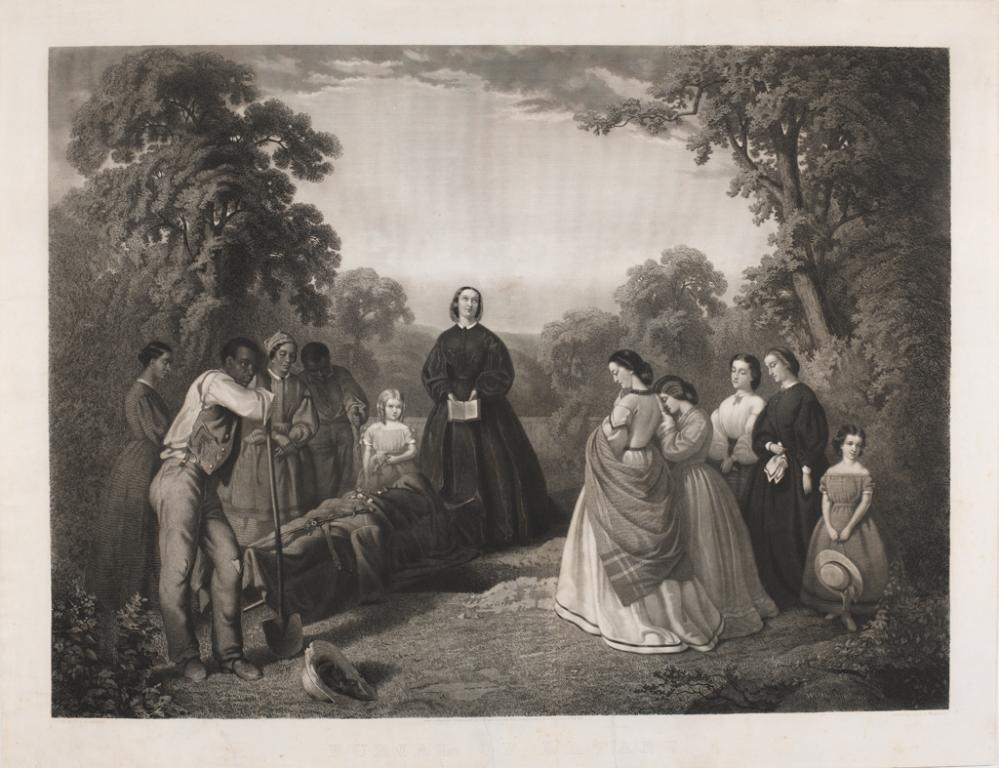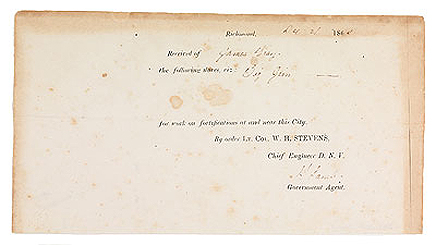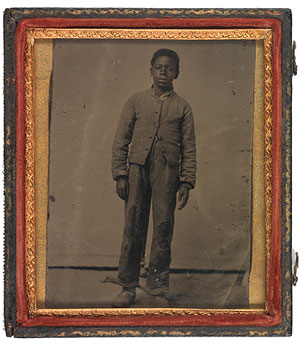Enslaved and free black people provided even more labor than usual for Virginia farms when 89 percent of eligible white men served in Confederate armies. Enslaved men were sometimes forced into service to build Confederate fortifications, women to serve as laundresses or cooks for troops in the field. At least partly out of fear that they might lose their freedom if they failed to contribute to the war effort, free black people often worked beside the enslaved, for minimal wages.
Enslaved black men made up much of the workforce at Richmond’s Tredegar Ironworks—which produced half of Confederate cannon—and as teamsters unloading trains, longshoreman unloading ships, as miners, and in road maintenance.



